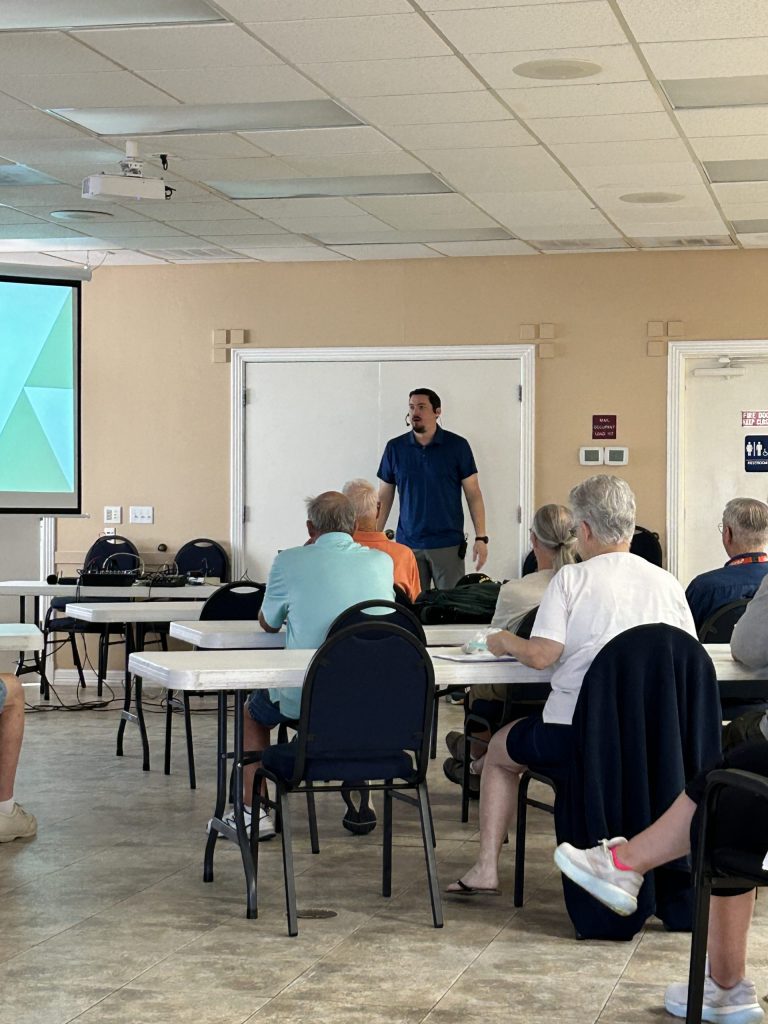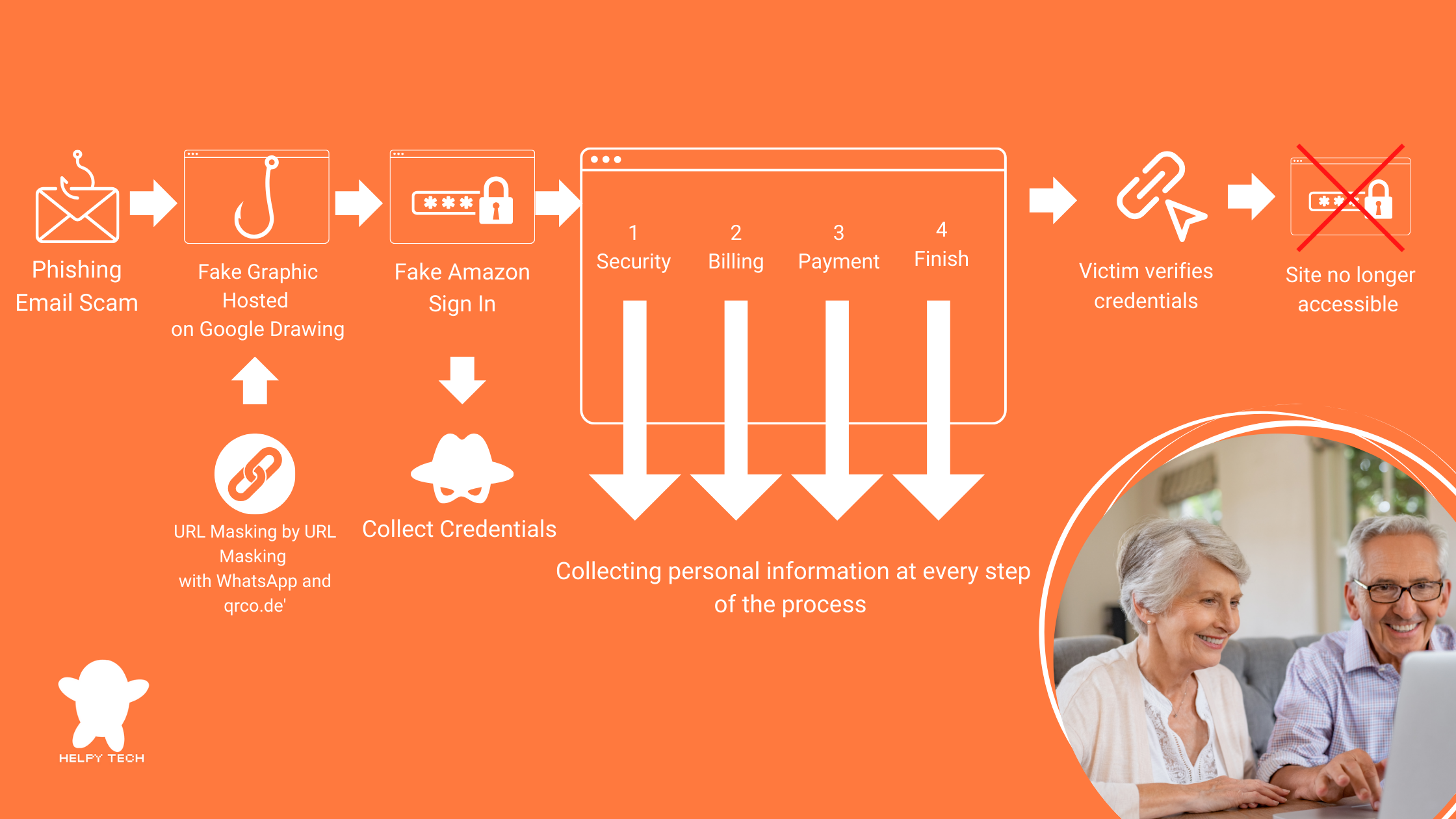That’s how much older adults in the U.S. lost to scams just last year, and the number continues to rise as scams become more sophisticated.
The rapid evolution of scams targeting older adults highlights a growing issue that extends beyond just the victims.
The recent scam using Google Drawings and WhatsApp’s URL shortener shows why ongoing education that resonates with older adults is vital—not just for their safety, but for the well-being of their families and communities.
Living Off Trust
One of the most insidious aspects of modern scams is their ability to exploit the trust we place in reputable websites.
This tactic, known as Living Off Trusted Sites (LOTS), is particularly dangerous for older adults who may not be as vigilant or tech-savvy. The LOTS strategy allows scammers to use well-known, trusted platforms to host their malicious content, making the scam nearly invisible to the untrained eye.
Google Drawings: A Trusted Tool Used Maliciously
In a recent phishing scam, cybercriminals have weaponized Google Drawings, a tool typically used for creating and sharing visual content, to execute their fraudulent activities. By embedding a malicious link within a Google Drawing, they can bypass security filters that would typically flag suspicious URLs. The scam is further reinforced by the use of WhatsApp’s URL shortener, which helps the fraudulent link evade detection.
The New Phishing Scam: How It Works
Here’s how the scam unfolds:
- The Bait: An email is sent to the victim, prompting them to confirm their Amazon account. The email contains a link that appears legitimate but actually directs the user to a Google Drawing hosted on Google’s servers.
- The Trap: The Google Drawing contains a fake Amazon account verification graphic. The user is then redirected to a website that closely resembles the official Amazon login page.
- The Hook: The user is asked to log in and is guided through a multi-step process that includes verifying personal information, confirming billing details, and entering payment information. Each step is designed to harvest sensitive data from the victim.
- The Catch: Even if the user becomes suspicious and stops halfway, the scammers have already collected valuable information, putting the victim at risk of identity theft and financial loss.
The Bigger Picture: Why Continuous Education Matters

For seniors, who often spend a significant portion of their day online, scams like these are particularly dangerous. Older adults have built trust with brands like Google, Amazon, and WhatsApp, making them more vulnerable to scams that exploit these trusted platforms.
Despite this demographic being one of the most vulnerable to these evolving scams, there is a glaring lack of educational solutions that truly resonates and sticks. This is not just a personal issue for the seniors themselves. The impact of a scam extends to their families, caregivers, and the broader community, who are left to pick up the pieces and provide support in the aftermath.
It is the responsibility of caregivers, communities, and families to ensure that older adults receive continuous education that not only informs but also empowers them to recognize and avoid these scams. By investing in education that sticks, we can help protect our older generation from the devastating effects of these increasingly sophisticated scams, ultimately safeguarding the well-being of our entire community.

